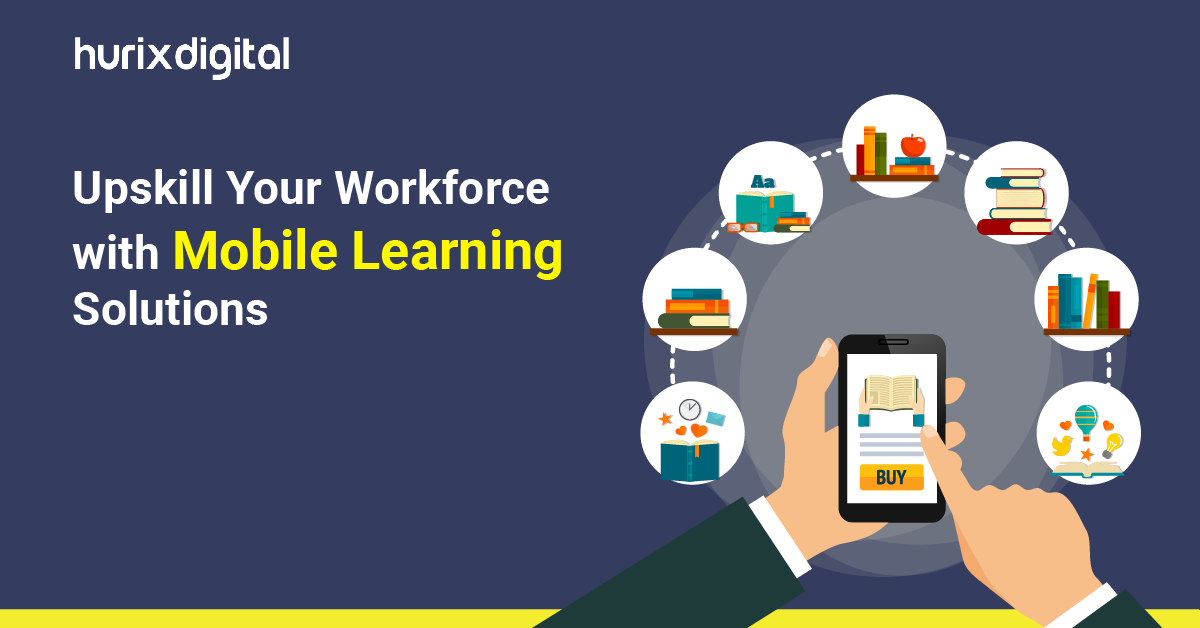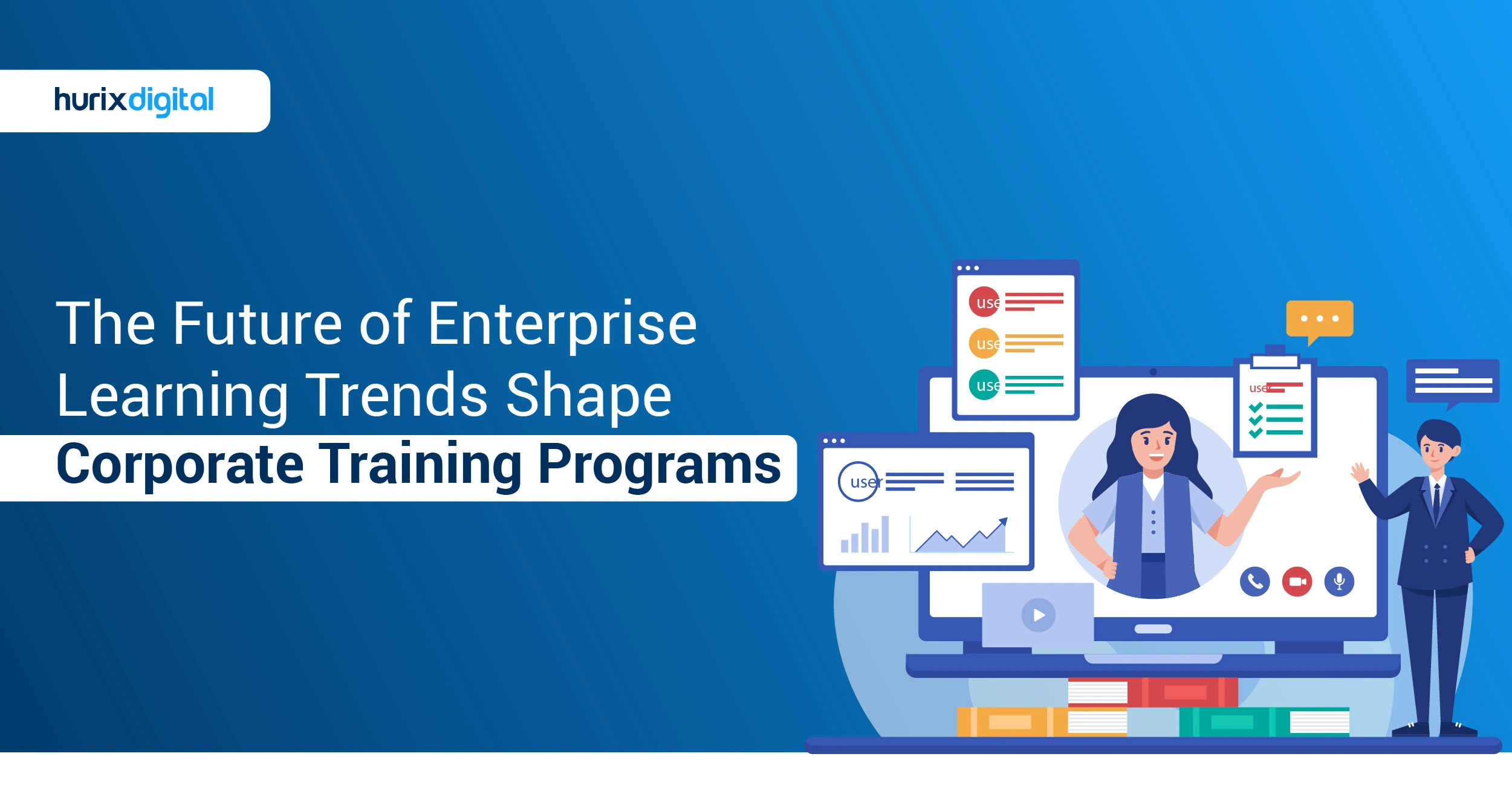
Upskill Your Workforce with Mobile Learning Solutions
Summarize with:
Working patterns have changed profoundly. While most employees embrace remote and hybrid models, a whopping 98% of employees want to work from home at least sometime in 2025.
This means that the modern workforce is getting more mobile today because people access information and accomplish tasks using their smartphones and tablets. This shift calls for new thinking about training methods and will eventually pave the way to mobile learning solutions to keep pace with this new dynamic world of work.
This article will provide a detailed guide on modern learning trends, the benefits of mobile-first course development, and best practices.
Table of Contents:
- Rise of the Mobile Workforce
- Modern Learning Trends
- Benefits of Mobile-First Course Development
- Mobile Learning Best Practices
- Final Note
Rise of the Mobile Workforce
The modern workplace has transformed dramatically — thanks to the increased use of smartphones and tablets. Today, 66% of employees perform work-related tasks on their mobile devices, such as checking emails, joining virtual meetings, accessing company data, or completing projects.
This latest development in workplace learning innovation has deep, critical implications for how organizations design employee development and training programs.
The following are just a few examples of how mobile devices have become an indispensable tool for today’s workforce:
- As many people will be working remotely, the availability of such materials and resources for employees at any time, any place is necessary. Mobile devices allow them to learn on the go from home, a coffee shop, or even a client’s office.
- Mobile devices are just fundamental tools for many employees working in the sales, healthcare, and construction fields to get information about clients and finish tasks aside from tracking peers.
- Employees can access the training material they seek at any time, such as when learning how to do something new or when they encounter a problem. Mobile-friendly eLearning can lead to efficiency and productivity.
- Learning modules delivered through portable devices are appropriate for professionals with busy schedules. These need to be squeezed into a busy schedule. Microlearning allows employees to acquire new skills and knowledge in the shortest time possible.
With the increased reliance on mobile devices, it has become urgent that organizations adapt to mobile-first learning. This, in turn, can be achieved by designing training that is accessible, engaging, and optimized for mobile devices.
Thus, companies can meet the needs of a more contemporary workforce better and ensure their employees are proficient in areas that best facilitate success.
Also Read: Top 5 Challenges in Enterprise Mobile App Development and How to Overcome Them
Modern Learning Trends
The landscape of learning has undergone a significant transformation in recent years, driven by technological advancements and changing workforce dynamics. Here are some key modern learning trends:
1. On-the-Go Learning
The rise of remote work and the increasing use of mobile devices have made on-the-go learning a necessity. Employees no longer want to be confined to traditional classroom settings or fixed schedules.
They expect to learn and access training materials anytime, anywhere. This trend has led to the development of mobile-friendly learning platforms and microlearning modules that can be easily accessed on smartphones and tablets.
2. Adaptive Learning Technologies
Adaptive learning technologies are also developed to serve the preferences and needs of individual learners. Algorithmic analytics of learner data such as performance, engagement, and learning style drive learning experience.
Adaptive or personalized learning will help the learner to move at his own pace, concentrate more on areas where they require increased support, and maintain motivation throughout the learning process.
3. Microlearning
Microlearning, or breaking learning content into small pieces digestible in short breaks, is also used. This method comes in very handy for people who have plenty of activities in their schedule.
Microlearning content can also be delivered on mobile devices, allowing employees to easily access training content on their mobile devices. Associations further reported that 94% of learning and development professionals reported that learners preferred microlearning formats over traditional training methods.
Benefits of Mobile-First Course Development
Developing courses with a mobile-first approach offers several advantages for organizations:
1. Increased Accessibility and Flexibility
Mobile learning empowers employees to access training materials from anywhere, making it ideal for remote workers. Employees can learn at their own pace and fit training into their busy schedules. It also enables organizations to reach employees located in different time zones and geographic regions.
2. Improved Engagement and Retention
Microlearning modules cater to shorter attention spans and make learning more digestible. Gamification, quizzes, and simulations can enhance engagement and make learning more enjoyable.
3. Enhanced Knowledge Application
Mobile learning helps employees access training materials exactly when they need them, improving knowledge retention and application. Mobile-based simulations and role-playing exercises can help employees develop practical skills.
Mobile Learning Best Practices
The following are some of the core criteria to develop and apply to mobile learning courses:
1. Microlearning on Mobile: Break complex topics into manageable chunks to be completed in short breaks.
2. Mobile-First Content: The way the courses are designed so that they work appropriately on small screens, is visually appealing and user-friendly. Responsive design is provided along with proper content formatting.
3. Gamification and Interaction: Infuse elements of game design such as points, badges, or leaderboards to raise engagement and motivation.
4. The Ability to Learn Offline: Download your courses so you are always able to access course content, whether or not you have an internet connection.
5. Accessibility and Inclusiveness: Closed captioning of every video in the course; alternative formatting of content that cannot realistically be read or viewed from a computer screen.
Also Read: Internal Vs. External Enterprise Learning: What’s the Difference?
Final Note
The mobile-first approach to course development thus provides a particularly strong means to deliver engaging, accessible, and effective learning experiences. Such an approach, using the power of mobile devices, puts organizations in an excellent position to empower their employees to learn at any time, in any place, and build the skills they require to succeed in their roles.
We have courses designed by using microlearning, adaptive learning technologies, and content optimized for mobiles that present engagement as well as information. Hurix Digital is one of the world’s leading mobile learning solutions providers. We help organizations build engaging and effective mobile courses tailored to modern workforce needs.
Contact us today for a free consultation and discover how we can help you create a mobile-first learning strategy that drives results.
Summarize with:

 Upcoming Masterclass | Build an Army of Brand Evangelists using Training & Development | November 20th, 8:30 AM PDT | 11:30 AM EDT | 10:00 PM IST
Upcoming Masterclass | Build an Army of Brand Evangelists using Training & Development | November 20th, 8:30 AM PDT | 11:30 AM EDT | 10:00 PM IST




